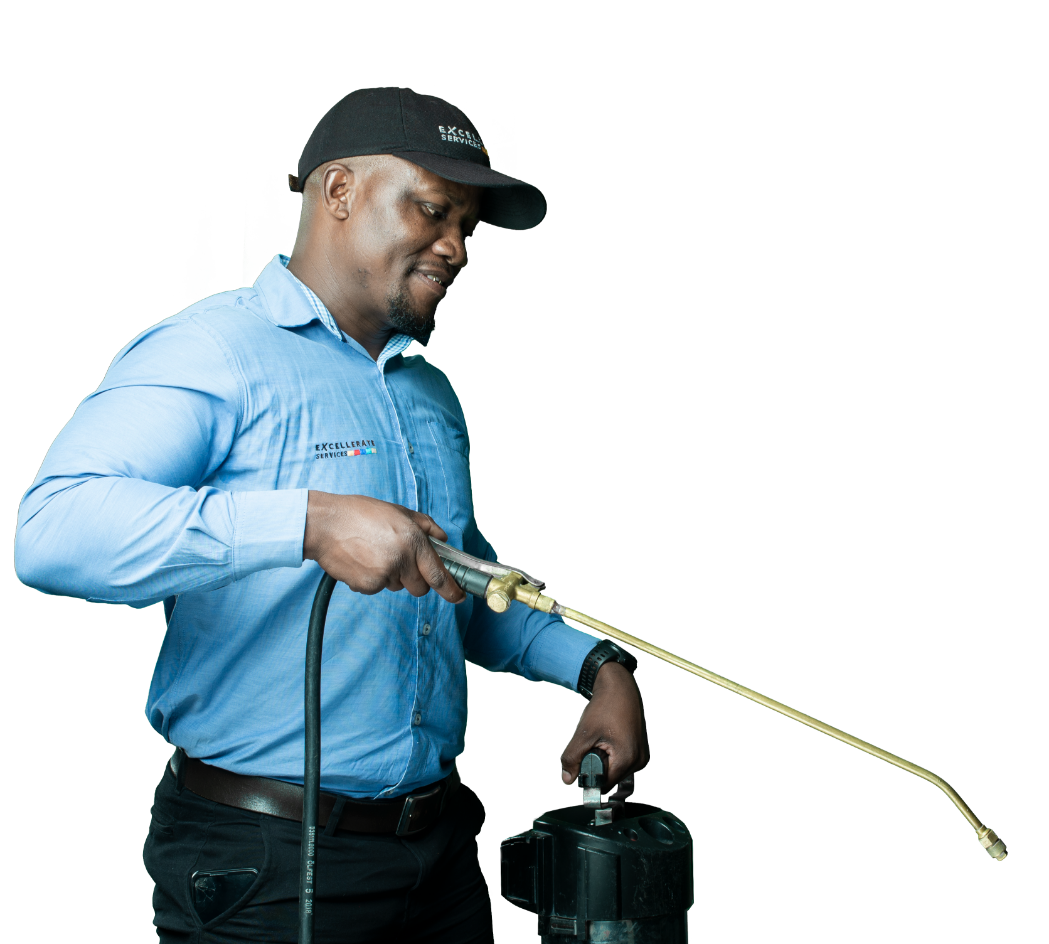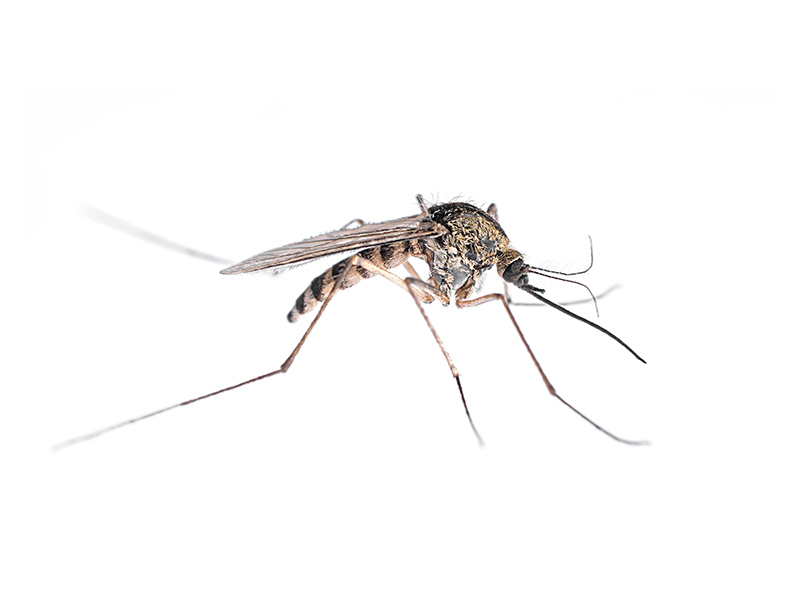Keep your home safe with Pest Control and prevent future infestations.
Eco-Friendly Pest Control Approaches for Handling Wildlife in Urban Locations
Urban locations frequently discover themselves at the crossway of human activity and wildlife, resulting in one-of-a-kind obstacles in insect monitoring. Eco-friendly methods emphasize lasting conjunction, utilizing strategies such as habitat adjustment and all-natural repellents to reduce human-wildlife conflicts. These strategies not only safeguard the environment but additionally improve area involvement in wildlife monitoring. As city populations remain to expand, comprehending the dynamics of wildlife interactions becomes increasingly critical. What cutting-edge methods can be executed to make sure both ecological equilibrium and city safety? Discovering this question discloses a compelling landscape of possible solutions.
Understanding Urban Wild Animals Characteristics
Recognizing Urban Wildlife Dynamics is necessary for developing effective and environment-friendly insect control strategies. Urban areas are increasingly coming to be environments for numerous wild animals types, driven by aspects such as environment fragmentation, food availability, and human advancement. Acknowledging these dynamics enables a nuanced technique to pest monitoring that aligns with eco-friendly principles.
Urban wildlife often includes species such as raccoons, squirrels, and birds, which adapt to city environments, locating specific niches in eco-friendly areas, parks, and also houses. Their visibility can bring about conflicts with humans, especially when they exploit personnels for food and sanctuary. Understanding the habits and eco-friendly roles of these species notifies techniques that minimize negative interactions while advertising biodiversity.
Additionally, recognizing the interdependencies within city ecosystems aids in determining vital locations for habitat preservation and reconstruction. This knowledge adds to the growth of incorporated pest monitoring (IPM) strategies that consider the eco-friendly balance, thus decreasing reliance on dangerous chemicals. By promoting conjunction between human beings and urban wild animals, cities can create much healthier settings that profit both residents and neighborhood ecosystems, paving the way for lasting metropolitan living.
All-natural Repellents and Deterrents
Natural repellents and deterrents offer a sustainable alternative to traditional pest control techniques by harnessing the power of nature to maintain unwanted types at bay. These environment-friendly options typically utilize plant-based active ingredients, vital oils, and other naturally occurring materials that hinder parasites without damaging the setting.
One reliable natural repellent is peppermint oil, which is known to ward off rats and pests. Its solid scent is unpleasant to several bugs, making it a preferred option for metropolitan setups. Vinegar and citrus peels can serve as deterrents, as their solid odors are usually uninviting to different wild animals.
In addition, diatomaceous planet is an all-natural powder that can be spread in locations prone to bug task, successfully drying out and discouraging pests without presenting dangers to non-target types. Additionally, garlic sprays and neem oil are identified for their capability to drive away a wide variety of pests, including both bugs and bigger wildlife.
Applying these all-natural repellents not only lowers dependence on chemical pesticides but likewise promotes a healthier urban ecological community, promoting a much more balanced conjunction between people and wildlife. By utilizing these techniques, metropolitan locations can properly manage insect populations while lessening environmental influence.
Habitat Adjustment Strategies
Effective habitat adjustment techniques play an important role in sustainable insect management by changing the environment to make it much less helpful to pest infestations. By recognizing the eco-friendly characteristics of urban locations, homeowner can execute critical adjustments that prevent parasites while promoting biodiversity.
(Gopher Control)One primary method includes preserving proper cleanliness. This consists of normal waste removal, protecting garbage can, and eliminating standing water to reduce reproducing websites for see here insects and rats. Additionally, landscaping methods such as picking indigenous plants can improve eco-friendly balance, supplying environments for beneficial microorganisms while decreasing resources for bugs.
An additional crucial strategy is to seal access factors in structures. Evaluating and fixing splits in foundations, walls, and windows can considerably lower parasite gain access to. Creating physical barriers, such as fencings or plant barriers, can prevent wildlife motion into human-inhabited areas.
Integrated Bug Management Practices
Structure upon environment alteration strategies, incorporated insect management (IPM) practices supply an alternative strategy to regulating bug populations while minimizing ecological influence. IPM incorporates various strategies, including biological, cultural, mechanical, and chemical controls, to accomplish reliable parasite monitoring.
Organic control entails the introduction of all-natural predators or bloodsuckers to reduce parasite populaces. Cultural practices, such as crop rotation and sanitation, interfere with pest life process and lessen their environments - Pest Control. Mechanical controls, like traps and obstacles, offer prompt remedy for pest pressures without chemical treatment
Chemical controls are utilized as a last option, concentrating on targeted applications that restrict harm to non-target varieties and the environment. The option of eco-friendly pesticides, when required, is important to the IPM structure. Additionally, keeping an eye on bug populaces and evaluating prospective damages assists notify decision-making, making sure that treatments are timely and efficient.
Neighborhood Participation and Education And Learning

(Termite treatment Port Charlotte)Workshops and educational sessions can outfit homeowners with expertise about indigenous types, habitat conservation, and reliable safe pest monitoring strategies. Collaboration with colleges, neighborhood companies, and federal government firms better enhances academic outreach, making sure that crucial info gets to diverse audiences.
Additionally, community-led initiatives, such as neighborhood clean-up days and habitat repair projects, not only advertise biodiversity but also enhance area ties. Pest control service. By motivating locals to share their experiences and monitorings, areas can establish targeted methods that deal with certain neighborhood insect issues
Incorporating feedback from citizens into insect administration intends allows a much more responsive and adaptive technique to wild animals obstacles. Eventually, educated and involved neighborhoods are vital to achieving long-lasting success in green bug control, leading to healthier urban atmospheres that value both human and ecological requirements.

Final Thought
In final thought, green insect control approaches deal sustainable services for handling metropolitan wild animals. By prioritizing habitat adjustment, utilizing natural repellents, and executing incorporated insect management practices, communities can promote an unified conjunction with local fauna.